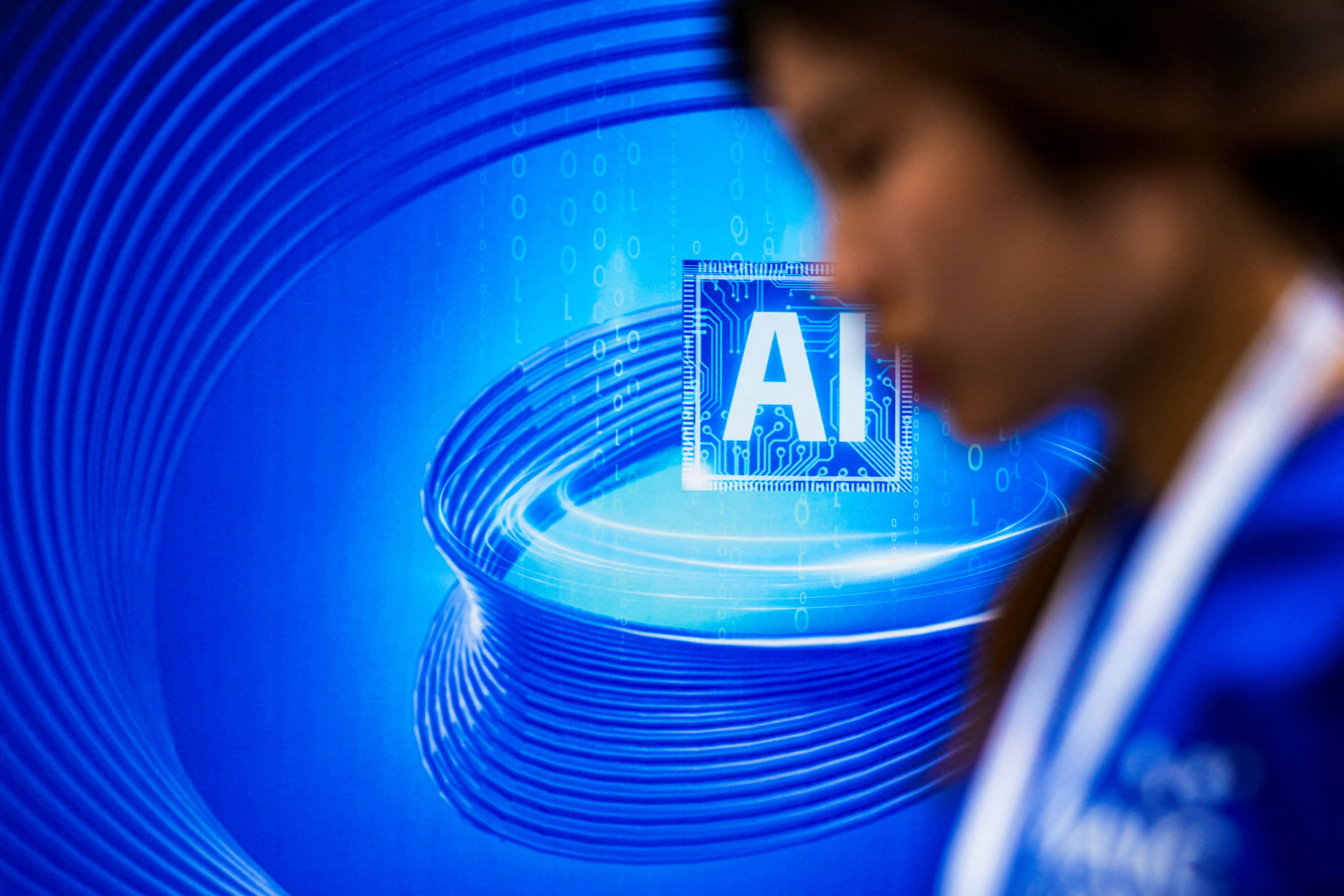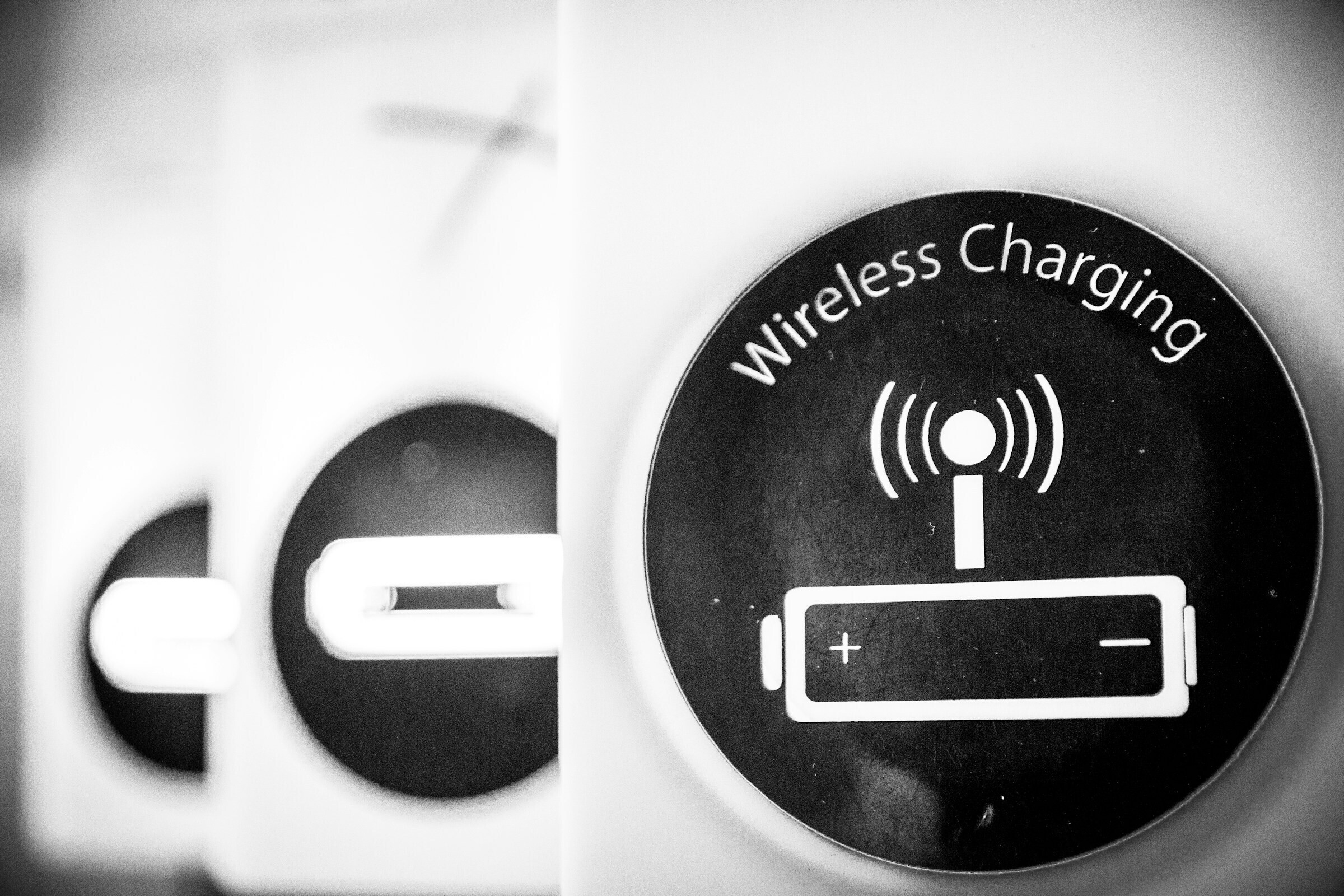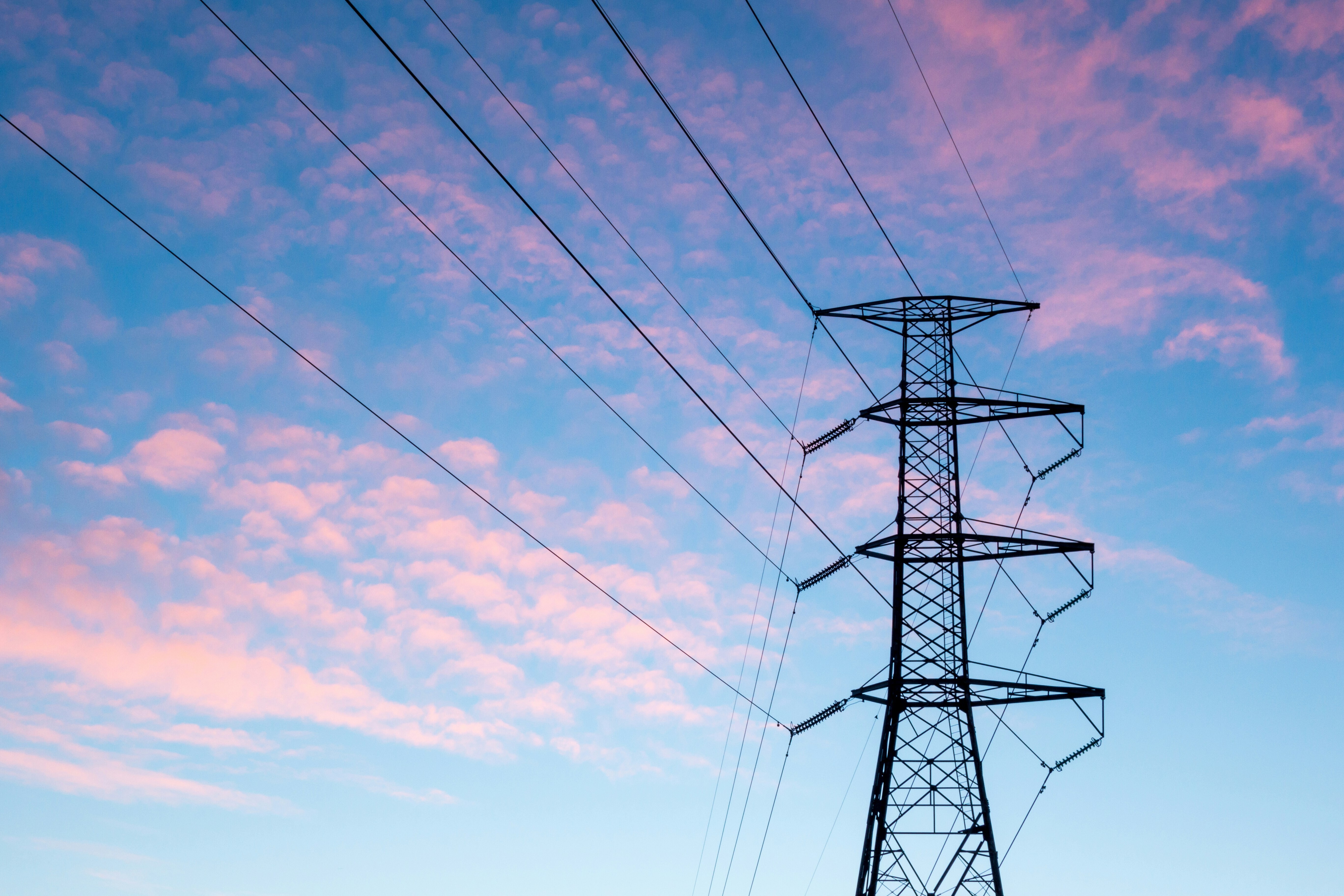Emerging Tech 2015: Distributed manufacturing

Distributed manufacturing is one of 10 emerging technologies for 2015 highlighted by the World Economic Forum’s Meta-Council on Emerging Technologies.
Distributed manufacturing turns on its head the way we make and distribute products. In traditional manufacturing, raw materials are brought together, assembled and fabricated in large centralized factories into identical finished products that are then distributed to the customer. In distributed manufacturing, the raw materials and methods of fabrication are decentralized, and the final product is manufactured very close to the final customer.
In essence, the idea of distributed manufacturing is to replace as much of the material supply chain as possible with digital information. To manufacture a chair, for example, rather than sourcing wood and fabricating it into chairs in a central factory, digital plans for cutting the parts of a chair can be distributed to local manufacturing hubs using computerized cutting tools known as CNC routers. Parts can then be assembled by the consumer or by local fabrication workshops that can turn them into finished products. One company already using this model is the US furniture company AtFAB.
Current uses of distributed manufacturing rely heavily on the DIY “maker movement”, in which enthusiasts use their own local 3D printers and make products out of local materials. There are elements of open-source thinking here, in that consumers can customize products to their own needs and preferences. Instead of being centrally driven, the creative design element can be more crowdsourced; products may take on an evolutionary character as more people get involved in visualizing and producing them.
Distributed manufacturing is expected to enable a more efficient use of resources, with less wasted capacity in centralized factories. It also lowers the barriers to market entry by reducing the amount of capital required to build the first prototypes and products. Importantly, it should reduce the overall environmental impact of manufacturing: digital information is shipped over the web rather than physical products over roads or rails, or on ships; and raw materials are sourced locally, further reducing the amount of energy required for transportation.

If it becomes more widespread, distributed manufacturing will disrupt traditional labour markets and the economics of traditional manufacturing. It does pose risks: it may be more difficult to regulate and control remotely manufactured medical devices, for example, while products such as weapons may be illegal or dangerous. Not everything can be made via distributed manufacturing, and traditional manufacturing and supply chains will still have to be maintained for many of the most important and complex consumer goods.
Distributed manufacturing may encourage broader diversity in objects that are today standardized, such as smartphones and automobiles. Scale is no object: one UK company, Facit Homes, uses personalized designs and 3D printing to create customized houses to suit the consumer. Product features will evolve to serve different markets and geographies, and there will be a rapid proliferation of goods and services to regions of the world not currently well served by traditional manufacturing.
Discover the other emerging technologies on the 2015 list:
Sense and avoid drones
Digital genome
Additive manufacturing
Computer chips that mimic the human brain
Zero-emission cars
Computers that learn on the job
Precise genetic engineering
A new kind of plastic to cut landfill waste
Next generation robotics
This list was compiled by the Meta-Council on Emerging Technologies, who would like to thank: Justine Cassell, Professor, Human-Computer Interaction, Carnegie Mellon University; Paolo Dario, Director, The BioRobotics Institute, Scuola Superiore Sant’Anna, Pisa; Julia Greer, Professor of Materials Science and Mechanics, California Institute of Technology (Caltech); and Jennifer Lewis, Hansjorg Wyss Professor at the Harvard School of Engineering and Applied Sciences, from theNetwork of Global Agenda Councils; Michael Pellini, President and Chief Executive Officer, Foundation Medicine Inc., from the Technology Pioneers; and William “Red” Whittaker, Professor at Carnegie Mellon University, for their invaluable contributions to the creation of this list.
Image: Silhouetted workers of Meralco, the Philippines’ biggest power utility, work to add a new line for a residential area in Tondo, Metro Manila March 2, 2015. REUTERS/Romeo Ranoco
Don't miss any update on this topic
Create a free account and access your personalized content collection with our latest publications and analyses.
License and Republishing
World Economic Forum articles may be republished in accordance with the Creative Commons Attribution-NonCommercial-NoDerivatives 4.0 International Public License, and in accordance with our Terms of Use.
The views expressed in this article are those of the author alone and not the World Economic Forum.
Stay up to date:
The Digital Economy
Related topics:
Forum Stories newsletter
Bringing you weekly curated insights and analysis on the global issues that matter.
More on Emerging TechnologiesSee all
Dr Gideon Lapidoth and Madeleine North
November 17, 2025






